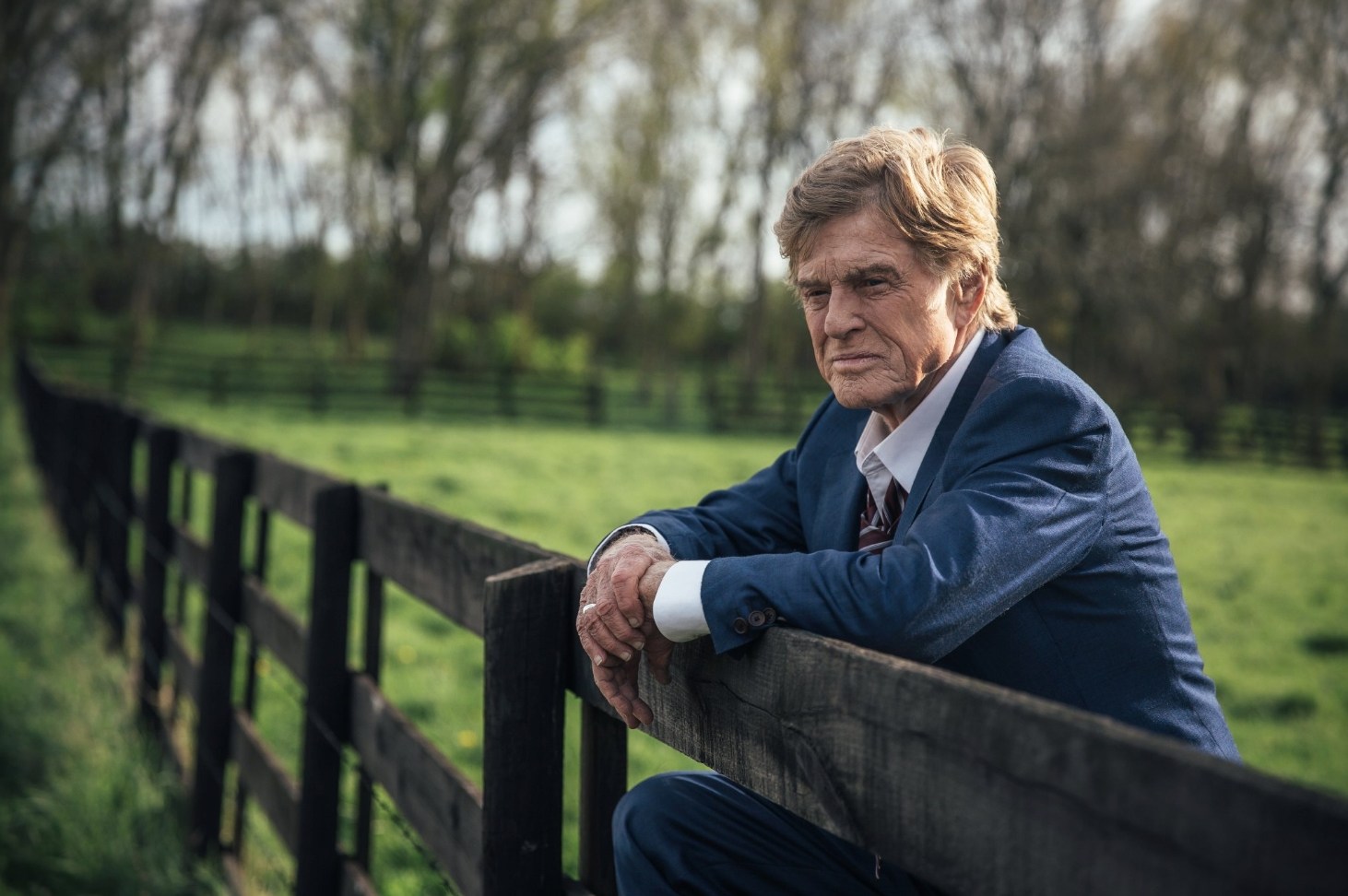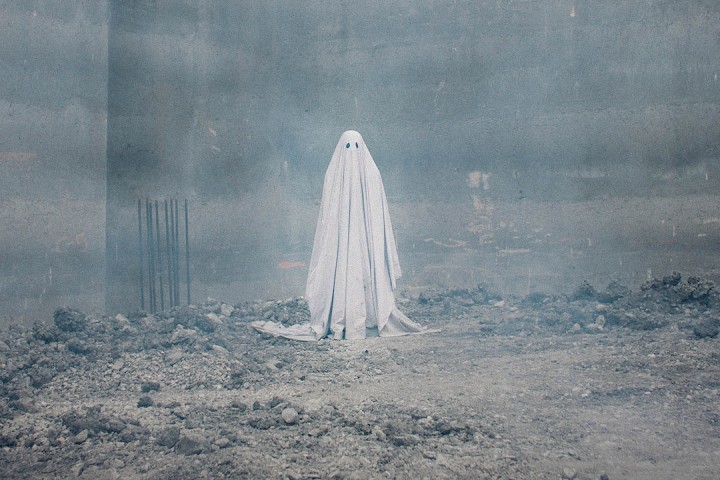Peter Pan & Wendy
by Hope Madden
There’s reason to cheer for David Lowery’s latest effort for Disney, Peter Pan & Wendy. First of all, there’s Lowery’s vision.
In the hands of the Green Knight director, Neverland has never looked so gorgeous. He finds ways to exploit the wonder, beauty and danger of this adventureland in a way that fits his lilting retelling.
For the script, Lowery reteams with longtime producer Toby Halbrooks, who co-wrote the director’s previous Disney outing, Pete’s Dragon. Both of Lowery’s films for the Mouse only draw attention to the fact that the Ghost Story, Ain’t Them Bodies Saints and The Old Man and the Gun filmmaker possesses no sense of irony, cynicism or fatalism. He seems weirdly perfect for family films.
And, like Jon Favreau’s wonderful The Jungle Book, Lowery draws inspiration not only from the original text, but also from Disney’s classic animated version. Snippets of songs from the 1953 musical are woven throughout, enough to give parents and grandparents some nostalgic feels.
But do we need or want another Peter Pan story? Beasts of the Southern Wild director Benh Zeitlin couldn’t find an audience for his 2020 bayou adaptation, Wendy. No one went to see Joe Wright’s star studded, Hugh Jackman led 2015 musical, Pan. Maybe a more traditional telling is in order? One that weighs the humanity as heavily as the whimsy?
Jude Law’s Hook offers surprising pathos. Never the campy pirate you may have come to expect, Hook is resigned to evil, his own pain a tender nerve just below the surface. It’s a dastardly but tender performance that gives the film a broken heart.
At his side, Jim Gaffigan’s Smee – pretty ideal casting, although the character is underused. Ever Anderson offers a substantial Wendy Darling, and the Lost Boys are not necessarily boys but they are mischievously charming. The problem is Peter.
Alexander Molony, thought cute as can be, is surprisingly lifeless in the lead. His highs don’t feel highs nor his lows low. His performance is neither cartoonish nor realistic.
The character itself gets a bit lost in the adaptation, which holds focus on Wendy’s arc far more than Peter’s story, and Lowery doesn’t seem entirely sure where Peter fits into all this. It’s one of the more ingenious elements of J.M. Barrie’s novel – Peter Pan is not the hero or the villain, he’s more the iconic fool whose lack of arc helps those around him find their own. But Lowery loses his footing when he focuses on Peter, and though his adventure is truly beautiful, it feels a little unfocused and possibly unnecessary.






